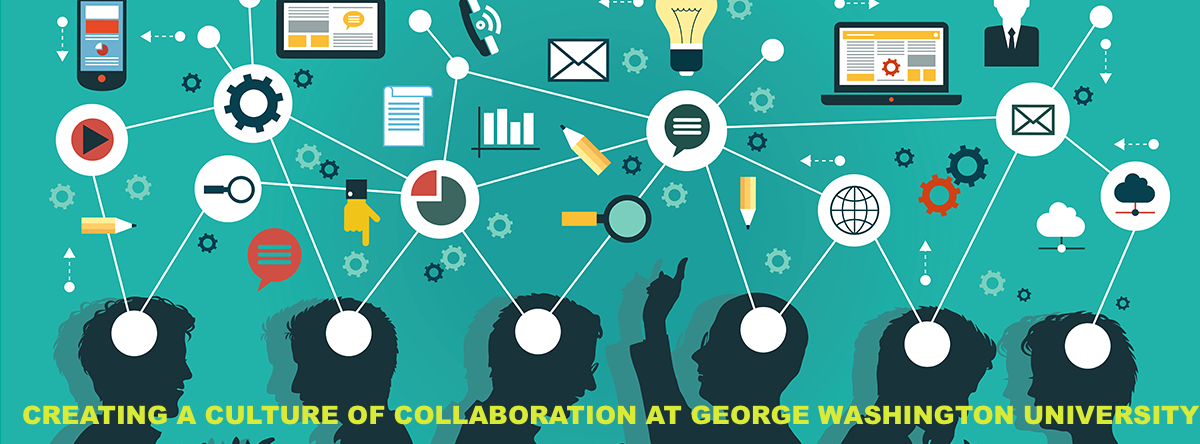A recent article in The Lancet discusses structural mechanisms that can increase the capacity for integ rating gender and sex into health research. See http://www.thelancet.com/
rating gender and sex into health research. See http://www.thelancet.com/
 rating gender and sex into health research. See http://www.thelancet.com/
rating gender and sex into health research. See http://www.thelancet.com/As described in the article's abstract, the four structural mechanisms are:
- Mandatory reporting of sex and gender integration for all research applications.
- Requirement for research teams to include a sex and gender champion, defined as a person showing sex and gender expertise related to the topic under study through graduate training, current research, or publication track record. Sex and gender champions are responsible for ensuring that sex and gender is an integral component of project rationale, experimental design, methods, analysis, and knowledge translation.
- Inclusion of a cross-cutting sex and gender platform within large research consortia. The platform aims to ensure that relevant sex and gender research questions will be studied across all research initiatives. The role of the platform leaders is to consult with the different research teams to provide guidance to each team for incorporation of sex and gender in design and analysis strategies.
- Mandatory completion of sex and gender online training modules by principal applicants. Applicants are required to provide proof of completion of at least one of three online training modules developed by the Institute of Gender and Health: sex and gender in biomedical research, sex and gender in research involving primary data collection in humans, and sex and gender in the analysis of human data.
Incorporating the mechanisms into University practices would likely require the support of senior Administrative leaders, resources (human and financial), as well as a cultural shift in awareness of the importance of sex and gender--indeed all types of diversity--into all human research projects. It is interesting to think about how these mechanisms could be embedded into the GW research community. What are your ideas and thoughts?

